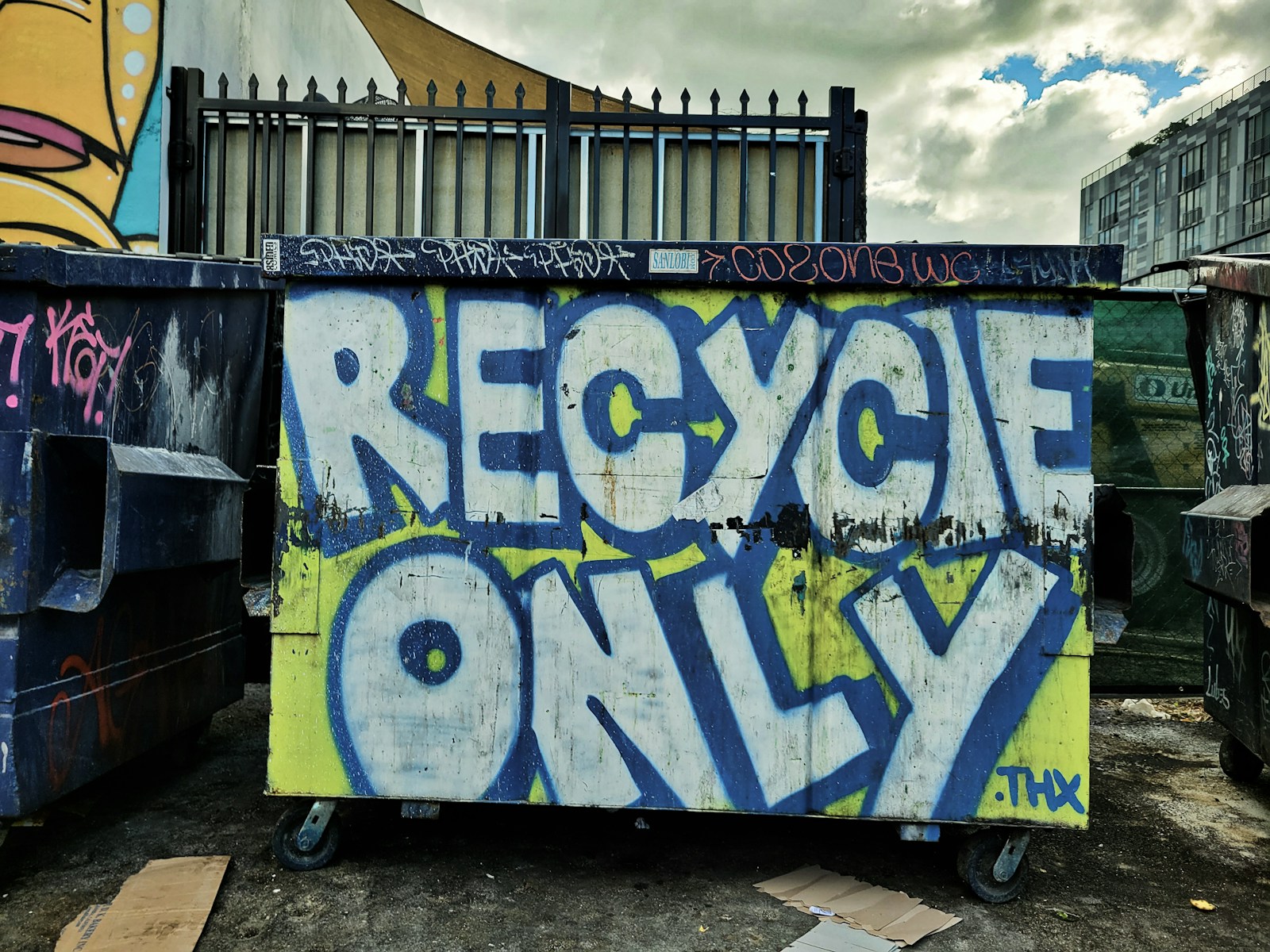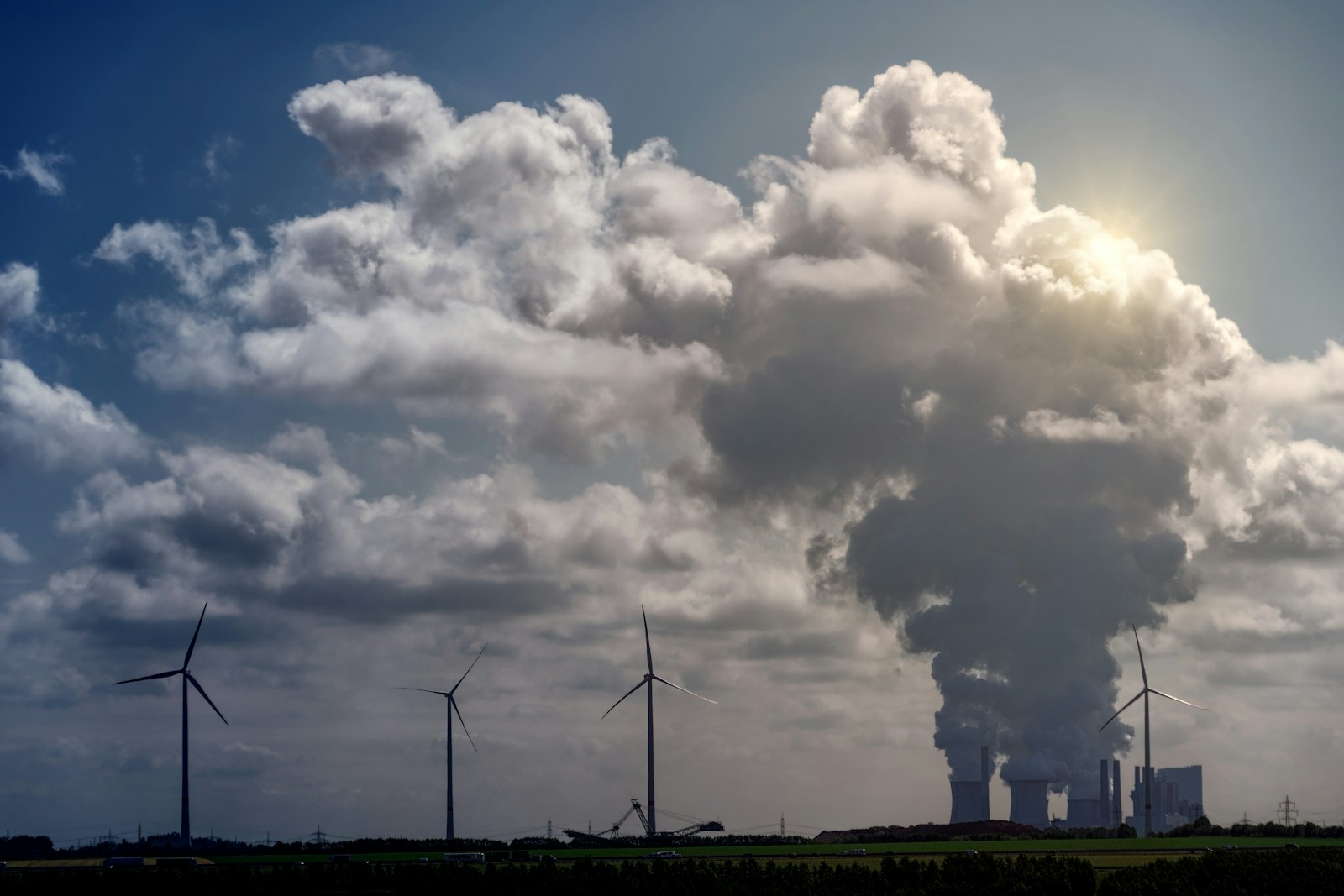Beyond the Blue Bin: Deconstructing the Myth of a Truly Circular Economy

For most of us, environmental responsibility begins and ends at the recycling bin. We dutifully sort our plastics, paper, and glass, confident that we are doing our part. This is the public face of the circular economy—the idea that we can close the loop on consumption, turning waste into resource. But this perception masks a far more complicated and often disappointing reality. Our current system is not a circle; it is a linear process with a brief, inefficient recycling detour on its way to the landfill. The blue bin is a symbol of good intentions, but to build a truly sustainable future, we must look beyond it and fundamentally re-engineer our entire economic model.
Our global economy operates on a linear "take-make-waste" model. We extract raw materials, manufacture them into products designed for a limited lifespan, and then discard them. Recycling, as it exists today, is a form of downcycling. A plastic bottle is rarely turned back into a pristine plastic bottle; instead, it becomes a lower-quality material for carpets or textiles, which themselves will eventually end up as waste. This process delays, but does not prevent, the product's journey to the landfill. The dream of a closed loop, where materials are infinitely recycled into products of the same quality, remains largely a fantasy due to material degradation, contamination, and prohibitive costs.
A true circular economy demands a paradigm shift from waste management to resource management, a change that must be embedded at the earliest stage of a product's life: the design phase. This is the realm of circular engineering. It means designing products for longevity, not obsolescence. It means creating goods that are easy to repair, with accessible components and transparent instructions—a direct challenge to the "black box" design of modern electronics. It means designing for disassembly, using standardized screws instead of glue, so that components can be easily harvested and remanufactured. Finally, it means choosing materials not just for their performance and cost, but for their ability to be safely returned to the biosphere or endlessly re-utilized in a technical cycle.
Forward-thinking companies are already demonstrating what this looks like in practice. Patagonia has built its brand not just on selling outdoor gear, but on keeping it in use for as long as possible through its Worn Wear program, which offers repairs and sells used items. The Dutch company Fairphone designs modular smartphones where users can easily replace the battery, camera, and screen, directly combating the planned obsolescence that defines the industry. These are not just acts of corporate responsibility; they are a new form of value creation, building customer loyalty and creating new revenue streams from services like repair and refurbishment.
Achieving a circular economy at scale, however, cannot be left to individual companies. It requires a systemic overhaul supported by intelligent policy. This includes creating "producer responsibility" laws that make manufacturers financially responsible for the entire lifecycle of their products, incentivizing them to design for durability and recyclability. It means investing in the infrastructure for advanced sorting and remanufacturing. And it requires a cultural shift in our own relationship with consumption, moving away from a desire for novelty and towards an appreciation for quality, longevity, and stewardship.
Deconstructing the myth of our current recycling system is not meant to discourage individual action, but to refocus it. We must continue to recycle, but we must also recognize its limitations. The real work lies in demanding more from the companies that make our products and the governments that regulate them. The future is not about having a better recycling bin; it's about designing a world where we barely need one at all.



